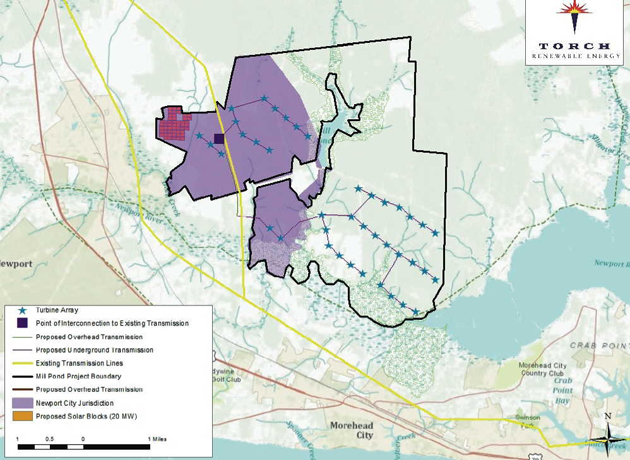Newport Wind Project - Tourism and Military | Eastern North Carolina Now
What most civilians do not know, is that military personnel (including base commanders) have been specifically ordered not to speak out publicly against any wind energy projects.























